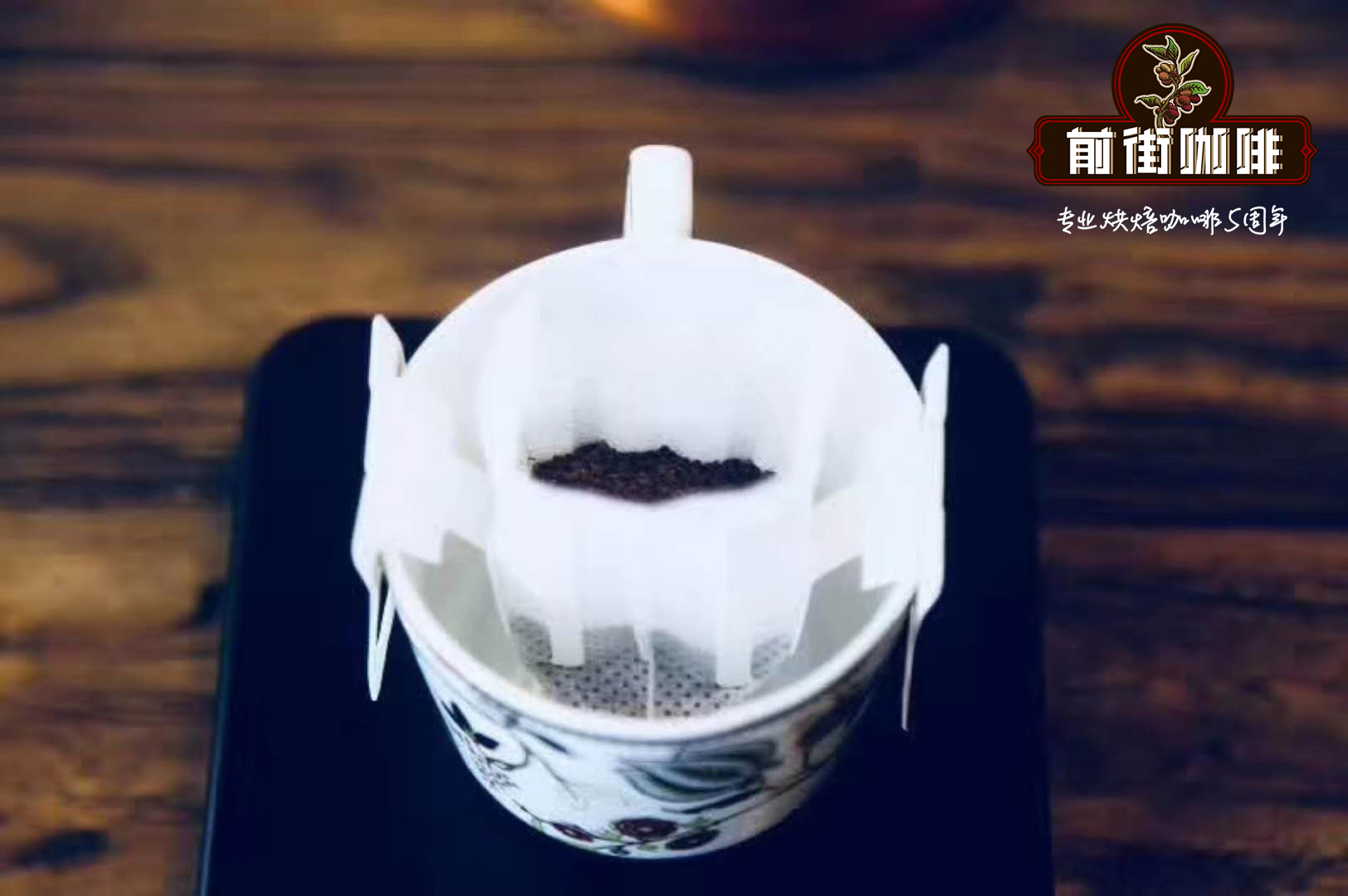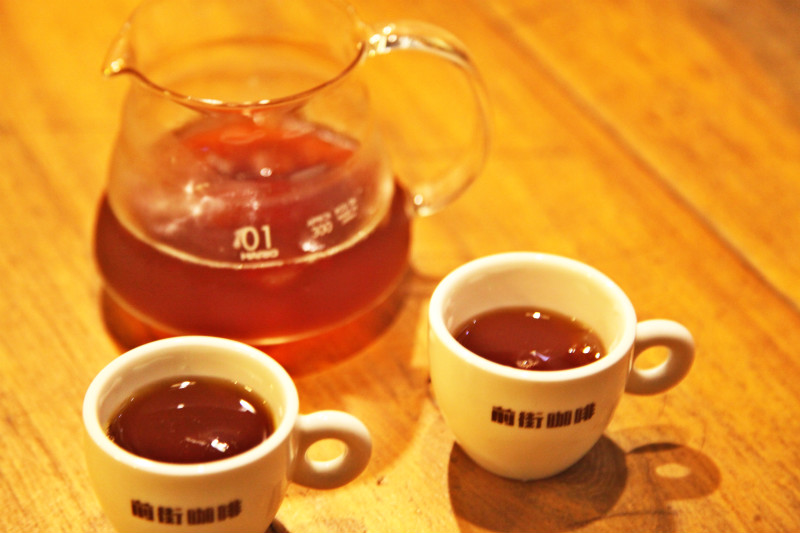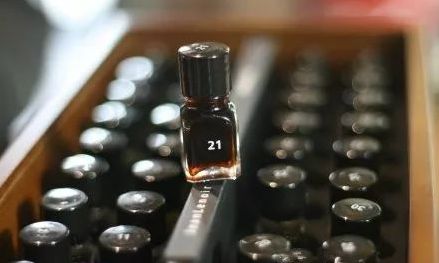Rwandan Coffee African Coffee Producing Region Rwandan Coffee Introduction Rwandan Coffee Flavors

Professional coffee knowledge exchange more coffee bean information please follow the coffee workshop (Wechat official account cafe_style)
Rwandan coffee is the most popular African coffee after Kenya and Ethiopia. But unlike the two famous countries, it does not have a long history of planting, let alone native varieties everywhere in the wild. This small African country is a fire Phoenix that has been reborn.
Rwanda (Rwanda), known as the Land of a Thousand Hills, sits above the equator and is surrounded by East African States such as Congo, Uganda, Tanzania and Burundi. Geographically, it has suitable conditions for growing coffee, but since it was introduced by German missionaries in 1904, Rwandan coffee has been poorly handled commercial grade, most of which have been exported to the sovereign country of Belgium. The promotion of boutique coffee production began only after the ravages of war and after the economy got back on track.
With the support of the government, farmers have changed from rough home treatment to transporting freshly harvested fruit to a nearby water washing station (Coffee Washing Station) for full washing treatment. In a short period of 12 years, the number of washing stations across the country has increased from two to 220. It is now all private, that is, owned by exporters or farmers' cooperatives. As the average area of agricultural land is small (less than 200 coffee trees per farm), about 50 to 100 farms are served at each station. NAEB employs 200 botanists and cup surveyors to regularly check quality at washing stations and educate farmers about soil management, organic planting, pruning, disinfestation and picking.
Strictly control the speed of air drying
Bourbon accounts for more than 90% of Rwanda's production. A small number of farmers grow bourbon variants BM-139 and Jackson. There are more mountains in the south and west, and washing stations are also famous. For example, Gitesi, Huye Mountain, Mibirizi, etc. Compared with drying on concrete in Central America, Rwanda will cover parchment coffee with canvas over African oysters to control the speed of air drying and slowly reduce the water content of beans to 11% of the target in 10 to 15 days. Compared with sunlight exposure, this method helps to retain organic matter.
Rwanda is the first African country to host COE events. This is the fifth year. In taste, Rwanda coffee has obvious floral and fruity aromas, and tastes as smooth as tea. The balance is the highest in the United States of Africa.
Qianjie recommended cooking parameters:
Hand punch: V60 filter cup small Fuji R440 grinding 3.5, water temperature about 90 degrees
The recommended grinding degree of normal pressure is 4 and the water temperature is 90 ℃.
The recommended siphon grinding degree is 4, and the water temperature is 90 ℃ ~ 91 ℃.
The pressure grinding degree of Philharmonic is recommended to be 3.5, and the water temperature is 90 ℃.
Important Notice :
前街咖啡 FrontStreet Coffee has moved to new addredd:
FrontStreet Coffee Address: 315,Donghua East Road,GuangZhou
Tel:020 38364473
- Prev

Demonstration of Japanese ice hand brewing coffee-how to make ice hand coffee and how to make ice hand coffee
Professional coffee knowledge exchange more information about coffee beans Please follow the recent weather in the coffee workshop (Wechat official account cafe_style). It really makes people hot every minute. It is definitely a passing friendship to meet happily in a cafe in this weather. However, even in such hot weather, you can't stop drinking coffee? So, if you don't want to go out, buy
- Next

[boutique Coffee tasting] the importance of sensory training for coffee tasting-smell
Professional coffee knowledge exchange more coffee bean information Please follow the coffee workshop (Wechat official account cafe_style) when tasting boutique coffee, we should understand: for taste training or memory, improve our discrimination ability. Drinking coffee is the result of vision, smell and taste. Train your senses, a lot of people tell you, just drink more. The truth is, drink, and
Related
- Beginners will see the "Coffee pull flower" guide!
- What is the difference between ice blog purified milk and ordinary milk coffee?
- Why is the Philippines the largest producer of crops in Liberia?
- For coffee extraction, should the fine powder be retained?
- How does extracted espresso fill pressed powder? How much strength does it take to press the powder?
- How to make jasmine cold extract coffee? Is the jasmine + latte good?
- Will this little toy really make the coffee taste better? How does Lily Drip affect coffee extraction?
- Will the action of slapping the filter cup also affect coffee extraction?
- What's the difference between powder-to-water ratio and powder-to-liquid ratio?
- What is the Ethiopian local species? What does it have to do with Heirloom native species?

